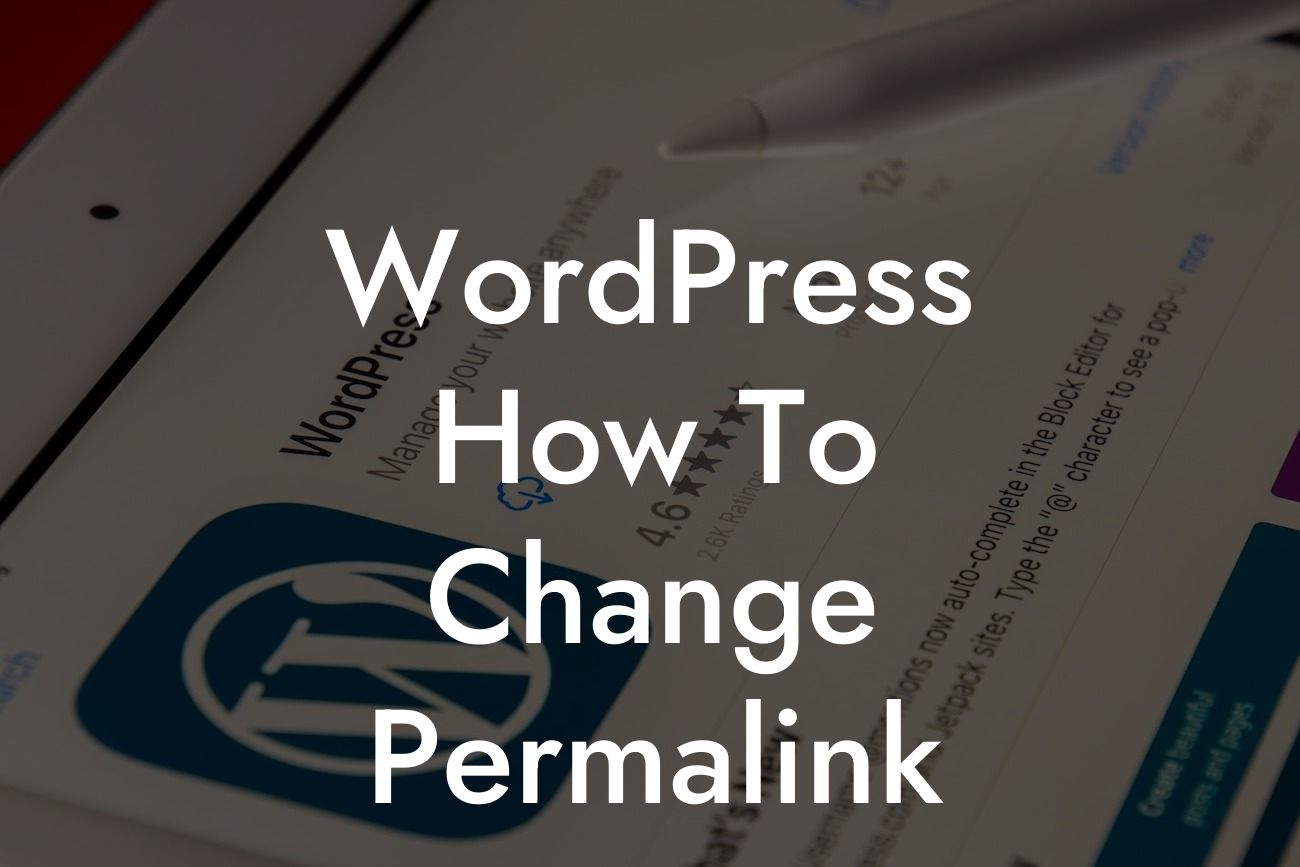Permalinks play a crucial role in optimizing your WordPress website for search engines and enhancing user experience. Having a well-structured and clean permalink can greatly improve your website's visibility and make it more user-friendly. In this article, we will guide you through the process of changing the permalink structure in WordPress. Whether you're a small business owner or an entrepreneur, DamnWoo's WordPress plugins can help you transform your online presence and achieve unparalleled success. So, let's dive into the world of permalinks and unlock the immense power they hold!
Changing the permalink structure in WordPress is a simple yet impactful way to elevate your website's SEO performance and make it more appealing to both search engines and users. Here's a step-by-step guide on how to change the permalink structure:
1. Login to your WordPress dashboard and navigate to the "Settings" menu.
2. Click on "Permalinks" to access the permalink settings page.
3. You'll find several options for permalink structures, including Plain, Day and name, Month and name, Numeric, and Post name. Choose the one that aligns with your website's goals and content structure.
Looking For a Custom QuickBook Integration?
4. If none of the predefined options suit your needs, you can design a custom permalink structure by selecting the "Custom Structure" option. WordPress provides you with a set of tags that you can utilize to create a personalized permalink structure, such as %postname% for the post's slug or %category% for the category.
5. Once you've selected the desired permalink structure, click on the "Save Changes" button to apply the changes to your website.
Changing the permalink structure may affect your previously published content, so it's crucial to set up proper redirects to ensure a seamless user experience. This can be achieved by using redirection plugins or manually setting up redirects through your hosting provider.
Wordpress How To Change Permalink Example:
To illustrate the impact of changing the permalink structure, imagine you run a fashion blog and currently have the default permalink structure that includes post IDs. Your blog post titled "10 Trendy Summer Outfit Ideas" would have a permalink like "https://www.example.com/?p=123". By changing the permalink structure to the "Post name" option, the same blog post would now have a much cleaner and SEO-friendly URL like "https://www.example.com/trendy-summer-outfit-ideas". This not only enhances the aesthetics of the URL but also makes it more searchable and memorable for both users and search engines.
Congratulations! You have now mastered the art of changing the permalink structure in WordPress. By implementing a well-optimized permalink structure, you're on your way to skyrocketing your website's SEO performance and delivering a seamless browsing experience to your visitors. But why stop here? Explore DamnWoo's range of powerful WordPress plugins to take your online presence to unprecedented heights. Unlock your website's true potential with DamnWoo today and join the league of extraordinary entrepreneurs. Don't forget to share this article with your peers and let them discover the secrets of optimizing their WordPress permalinks!













